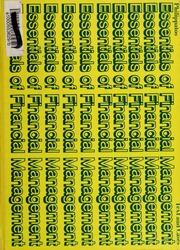Question
You estimate that a passive portfolio, that is, one invested in a risky portfolio that mimics the S&P 500 stock index, has an expected (annual)
You estimate that a passive portfolio, that is, one invested in a risky portfolio that mimics the S&P 500 stock index, has an expected (annual) rate of return of 13% and a standard deviation of 25%. You manage an active portfolio with an expected return of 18% and a standard deviation of 28%. The risk-free rate is 8%. a) Give the slopes of the CML (the Capital Market Line, that is, the one that passes through the market, i.e. S&P 500) portfolio and your funds CAL on an expected returnstandard deviation diagram. b) Characterize in a sentence or two the advantage of your fund over the passive fund. c) Your client is pondering whether to switch the portion of his wealth that is invested in your fund to the passive portfolio because his friend tells him that fees are lower for passive funds. Explain to your client the disadvantage of making the switch. Explain to him how much you could raise your funds fees before it would make him indifferent between investing in your fund and in the passive one. (Hint: The fee will lower the slope of his CAL by reducing the expected return net of the fee.)
Step by Step Solution
There are 3 Steps involved in it
Step: 1

Get Instant Access to Expert-Tailored Solutions
See step-by-step solutions with expert insights and AI powered tools for academic success
Step: 2

Step: 3

Ace Your Homework with AI
Get the answers you need in no time with our AI-driven, step-by-step assistance
Get Started


